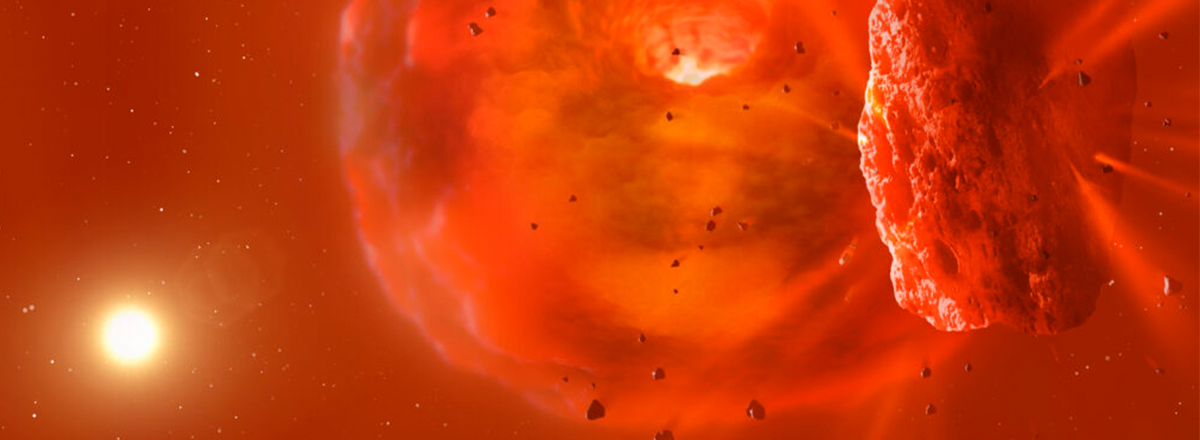Astronomers Witness an Afterglow of a Giant Exoplanet Collision
The collision led to the formation of a vast debris cloud. After approximately three years, this debris cloud shifted into alignment between the star and Earth, causing a reduction in the star's visible brightness.

Astronomers have captured the aftermath of a colossal collision between two super-Earth planets, offering insight into the tumultuous events that shape planetary systems.
This extraordinary revelation was made around the star ASASSN-21qj, situated roughly 1,800 light-years away from Earth. The series of events began when this sun-like star experienced an unusual dimming in the visible spectrum. Scientists took notice of this anomaly, and their investigation led them to an intriguing discovery.
It was revealed that the star's dimming was the result of a lengthy eclipse, spanning about 500 days. This enigmatic eclipse began approximately 2.5 years following a notable increase in the star's brightness, implying that an object with a minimum orbital period of 2.5 years was responsible for the eclipse.
Further analysis, including computer modeling, indicated that this eclipse was caused by a collision between two massive icy exoplanets. The collision led to the formation of a vast debris cloud. After approximately three years, this debris cloud shifted into alignment between the star and Earth, causing a reduction in the star's visible brightness.

